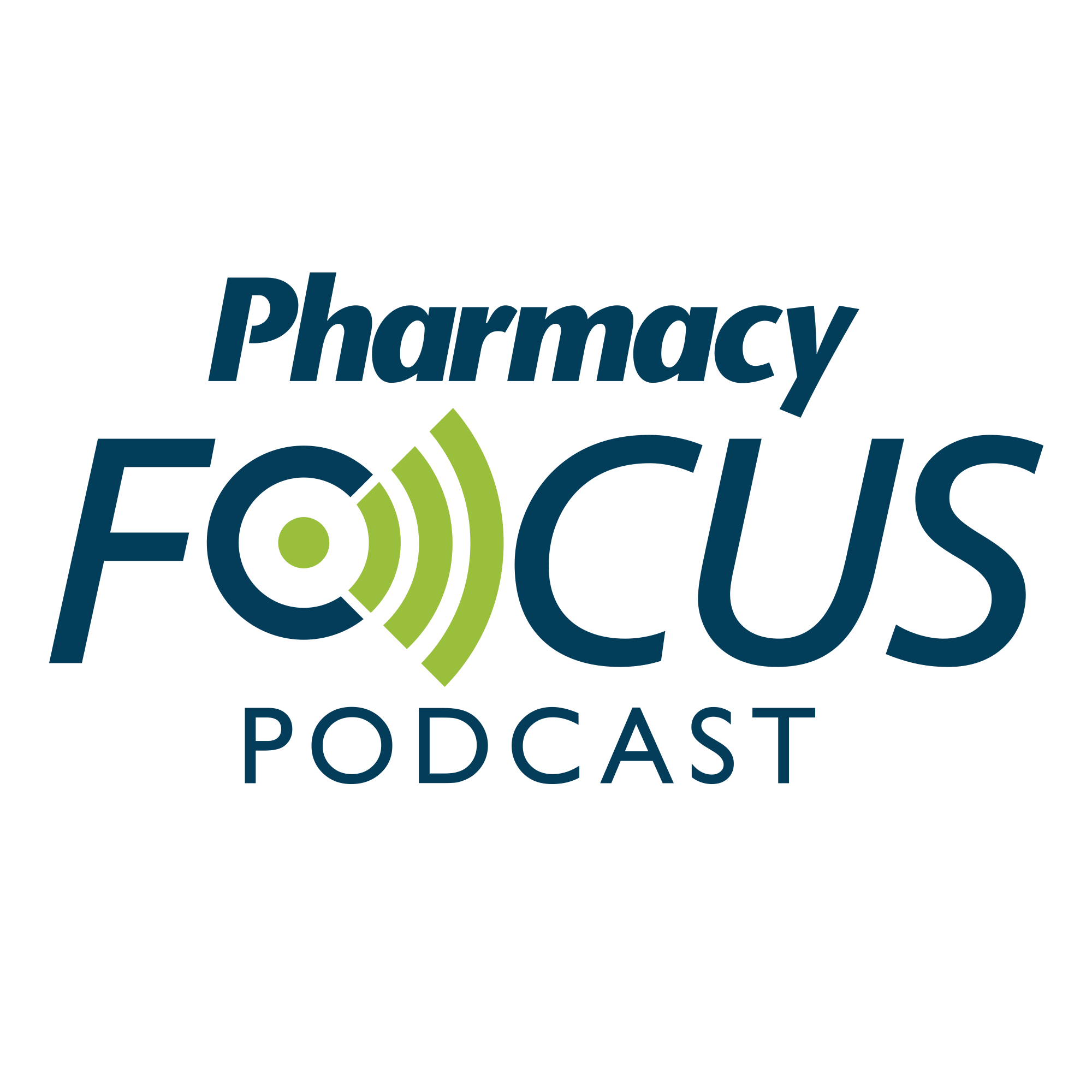Publication
Article
Pharmacy Practice in Focus: Health Systems
Treatment of ESBL-producing E coli Lower Urinary Tract Infection
Author(s):
A case involving a 43-year-old female with a history of type 2 diabetes who is admitted for hyperglycemia as well as complaints of dysuria and increased urinary frequency.
Case
KS is a 43-year-old female with a history of type 2 diabetes who is admitted for hyperglycemia as well as complaints of dysuria and increased urinary frequency. She is empirically started on sulfamethoxazole-trimethoprim (SMX-TMP) for the treatment of cystitis. An extended-spectrum b-lactamase (ESBL)-producing Escherichia coli grows from the urine culture, resistant to both SMX-TMP and ciprofloxacin. The patient is ready to be discharged and the clinical pharmacist is consulted regarding treatment options.
Answer
The increase in ESBL-producing E coli (ESBL-EC) among community-onset urinary tract infections (UTI) is an important public health concern as these organisms are resistant to multiple antimicrobial agents.1-3 ESBL enzymes are able to hydrolyze most of the beta-lactam antibiotics, including third-generation cephalosporins.1 In addition, ESBL-EC can also have co-resistance to SMX/TMP, fluoroquinolones, and aminoglycosides.1,4
Carbapenems are generally considered the drug of choice for the treatment of ESBL-EC infections.1,5 With a half-life of 4 hours, ertapenem may be a good option due to the fact that it is administered only once daily, unlike the other carbapenems.4,6 Ertapenem can also be given intramuscularly instead of intravenously, which allows for use in patients without intravascular access. However, carbapenems are expensive and very broad-spectrum agents. For the treatment of ESBL-EC cystitis, more narrow antimicrobial agents should also be considered.
Some ESBL-EC isolates will have in vitro susceptibility to piperacillin/tazobactam; however, the use of this antibiotic remains controversial. Studies are conflicting regarding the clinical efficacy in the treatment of ESBL-EC infections, particularly in more serious infections such as bacteremia.1,5 If piperacillin/tazobactam is used for the treatment of ESBL-EC infection, most experts would recommend higher doses of 4.5 grams every 6 hours in patients with normal renal function.7
There are limited oral options for the treatment of ESBL-EC cystitis. Fosfomycin is an oral antibiotic agent that has broad activity against multi-drug resistant pathogens including ESBL-EC. Fosfomycin achieves very high concentrations within the urine and is therefore an excellent agent for cystitis, but should not be used for pyelonephritis or patients with bacteremia due to inadequate concentrations within the bloodstream. While fosfomycin is currently only FDA-approved for the treatment of uncomplicated cystitis in women as a one-time dose of 3 grams, several studies have shown clinical efficacy in the treatment of ESBL-EC cystitis when the dosing is extended to 3 grams every 48 to 72 hours for 3 doses.8-10 One of the major issues with the use of fosfomycin is that susceptibility testing may not be readily available at many institutions.
Another oral antimicrobial agent that can be considered for the treatment of ESBL-EC cystitis is nitrofurantoin. One study showed clinical cure rates of 69% in patients with ESBL-EC cystitis in which all isolates were also resistant to SMX/TMP and ciprofloxacin.11 Nitrofurantoin should only be used for lower UTI and avoided in patients with a creatinine clearance less than 60 mL/minute as reduced renal function results in decreased active drug within the urine.12 In the case of KS, in which discharge planning has begun, the most practical therapy would be the selection of an oral antimicrobial agent, which in this case would be either nitrofurantoin or fosfomycin. The patient should be followed to ensure clinical signs of cystitis have resolved.
Kelly E. Martin, PharmD, BCPS, is a clinical specialist in infectious diseases and antimicrobial stewardship at Carolinas Medical Center in Charlotte, North Carolina.
References:
- Pitout JDD, Laupland KB. Extended-spectrum β-lactamase—producing Enterobacteriaceae: an emerging public-health concern. Lancet Infect Dis. 2008;8:159-166.
- Rodrıguez-Bano J, Alcala JC, Cisneros JM, et al. Community infections caused by extended-spectrum b-lactamase—producing Escherichia coli. Arch Intern Med. 2008;168:1897-1902.
- Pallett A, Hand K. Complicated urinary tract infections: practical solutions for the treatment of multiresistant Gram-negative bacteria. J Antimicrob Chemother. 2010;65(suppl 3):iii25-iii33.
- Prakash V, Lewis JS, Herrera ML, Wickes BL, Jorgensen JH. Oral and parenteral therapeutic options for outpatient urinary infections caused by Enterobacteriaceae producing CTX-M extended-spectrum β-lactamases. Antimicrob Agents Chemother. 2009;53(3):1278-1280.
- Rodriguez-Bano J, Navarro MD, Retamar P, et al. β-lactam/β-lactam inhibitor combinations for the treatment of bacteremia due to extended-spectrum β -lactamase—producing Escherichia coli: a post hoc analysis of prospective cohorts. Clin Infect Dis. 2012;54(2):167-174.
- Ertapenem. In: Lexi-Drugs Online. Hudson, OH: Lexi-Comp, Inc. Accessed July 1, 2013.
- Perez F, Bonomo RA. Can we really use β-lactam/β-lactam inhibitor combinations for the treatment of infections caused by extended-spectrum β -lactamase—producing bacteria? Clin Infect Dis. 2012:54(2):175-177.
- Pullukchu H, Tasbakan M, Sipahi OR, Yamazhan T, Aydemir S, Ulusoy S. Fosfomycin in the treatment of extended spectrum beta-lactamase-producing Escherichia coli-related lower urinary tract infections. Int J Antimicrob Agents. 2007;29(1):62-65.
- Senol S, Tasbakan M, Pullukcu H, et al. Carbapenem versus fosfomycin tromethanol in the treatment of extended-spectrum beta-lactamase-producing Escherichia coli-related complicated lower urinary tract infection. J Chemother. 2010;22(5):355-357.
- Neuner EA, Sekeres J, Hall GS, van Duin D. Experience with fosfomycin for treatment of urinary tract infections due to multidrug-resistant organisms. Antimicrob Agents Chemother. 2012;56(11):5744-5748.
- Tasbakan MI, Pullukcu H, Sipahi OR, Yamazhan T, Ulusoy S. Nitrofurantoin in the treatment of extended-spectrum β-lactamase-producing Escherichia coli-related lower urinary tract infection. Int J Antimicrob Agents. 2012;40:554-556.
- Nitrofurantoin. In: Lexi-Drugs Online. Hudson, OH: Lexi-Comp, Inc. Accessed July 1, 2013.







